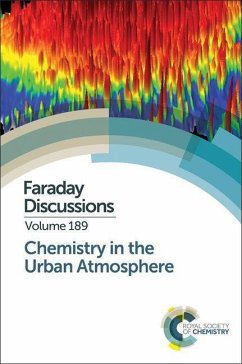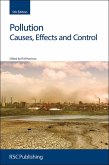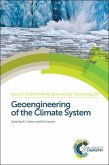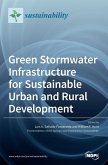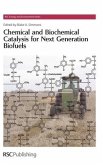Urban atmospheres are clearly distinguishable from most rural and all remote atmospheres by their high primary pollutant loadings and relatively fast reaction times. However, these rapid reactions are currently poorly captured by numerical models. Recent research on urban air pollution has focused upon cities as a source of air pollutants to the regional and global atmosphere. This neglects the impact of urban air pollution upon human health. With the increasing urbanisation of human populations, this topic is of great importance. This Faraday Discussion addresses both the key questions and the over-arching issues related to understanding chemistry in the urban atmosphere. It explores the chemical complexity of the urban atmosphere; the relative timescales of mixing and of chemical processes; lessons from past major studies of the urban atmosphere; and numerical modelling strategies.

